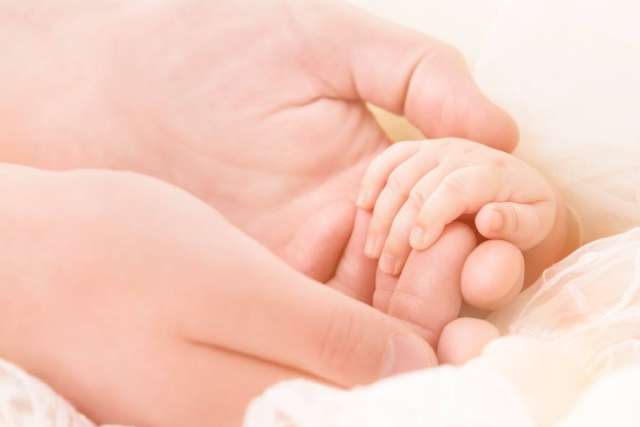Dear Doctors: Is it true that a new study figured out what causes SIDS? My sister lost her baby daughter that way, and even though it was almost eight years ago, our family is still struggling. It would help if we could understand what actually happened.
Dear Reader: Sudden infant death syndrome, or SIDS, is the sudden and unexplained death of an otherwise healthy baby. Because it often occurs during sleep, it is also known as crib death. It’s a devastating experience, and as with your own family, the shock and pain can reverberate for years, and even an entire lifetime.
SIDS is the leading cause of death in the United States among infants between 1 month and 1 year old. The majority of SIDS deaths occur in babies 6 months and younger, but it can happen any time during the baby’s first year.
What makes this type of loss particularly difficult is the inability to pinpoint a cause. There is evidence that multiple factors are at play in SIDS. This includes a possible deficiency in an area of the brain that controls heart rate, breathing and waking from sleep. However, a definitive answer is not yet clear. A public health campaign that urged parents to position sleeping babies on their backs led to a 50% drop in SIDS deaths since the 1990s. But even with those precautions, the syndrome continues to take the lives of more than 1,200 infants in the U.S. each year.

Your question refers to a recent small study, conducted by researchers in Australia, that has shed new light on this heartbreaking mystery. When they analyzed dried blood samples obtained from the heel pricks of 655 healthy newborns, the researchers found a key difference in most of the babies who later died from SIDS. Specifically, those babies had lower blood levels of an enzyme known as butyrylcholinesterase, or BChE. This enzyme, which is produced by the liver, plays an important role in chemical processes that allow the brain to send instructions to wake up.
Finding lower blood levels of BChE adds weight to the idea that some babies die of SIDS because their brains can’t send the necessary “wake-up” signals to arouse them in a dangerous situation. This is the first time someone has isolated a biochemical marker that is potentially associated with SIDS. But due to the small size of the study, and some ambiguous data points, it’s not yet possible to know if testing for BChE would be effective.
As with any screening tool, it’s important to establish a strong and direct connection between an anomaly and the condition that it is meant to identify. The scientists behind the study agree that more research is needed to understand what these findings mean. Meanwhile, parents of newborns and infants are asked to continue to follow SIDS precautions. These include always placing a baby younger than 1 year old on its back for sleep, including for a nap, and keeping the sleep area free of loose blankets, sheets, pillows, bumper pads and soft toys.
For more safe sleeping tips for a baby's first year, click here.
(Send your questions to [email protected], or write: Ask the Doctors, c/o UCLA Health Sciences Media Relations, 10960 Wilshire Blvd., Suite 1955, Los Angeles, CA, 90024. Owing to the volume of mail, personal replies cannot be provided.)





